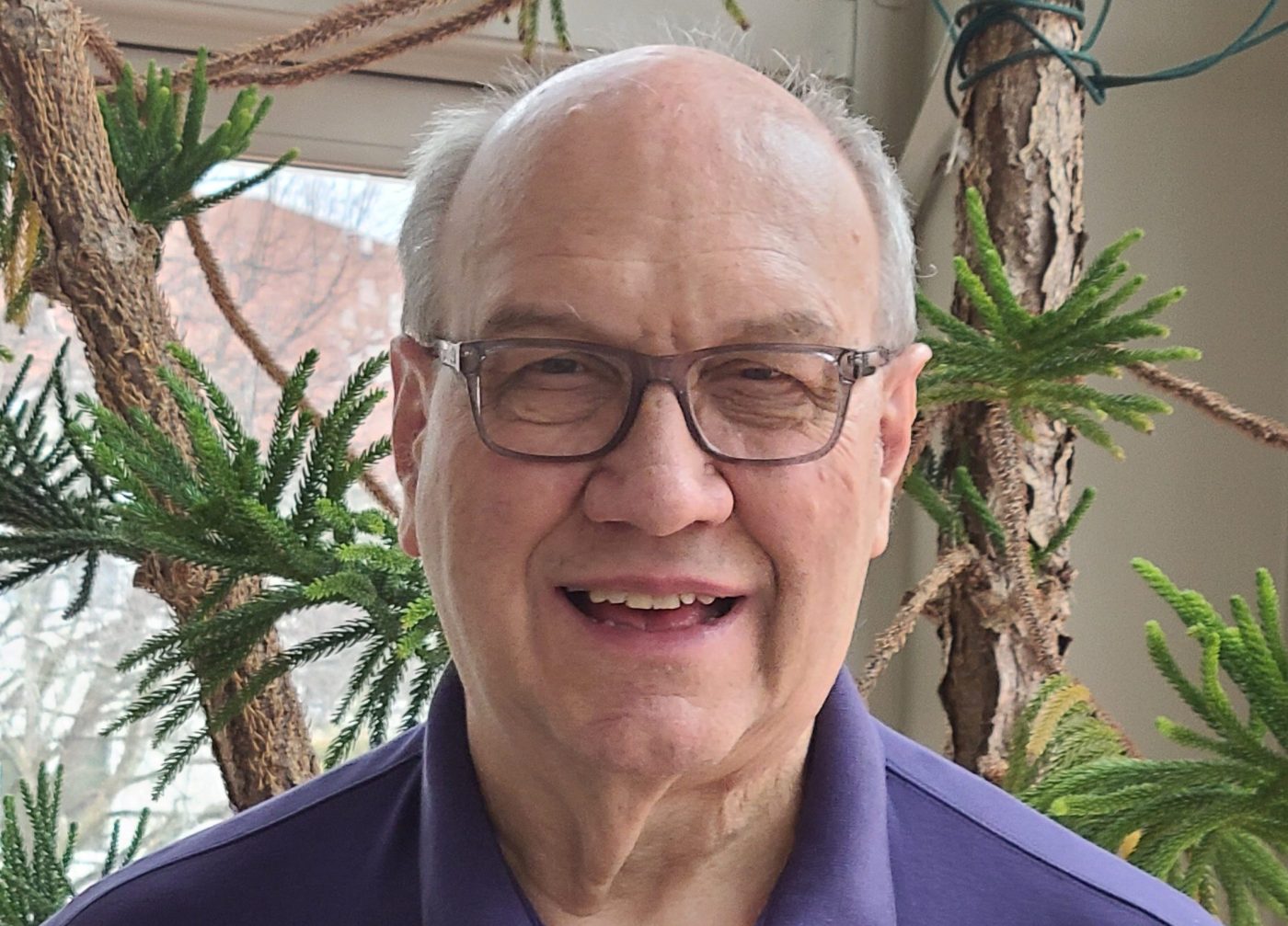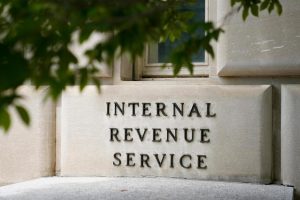
Real World Economics: St. Paul’s medical debt plan makes sense, despite the tradeoffs
Edward Lotterman
At times issues that are minor and short-term in themselves can illuminate broader tradeoffs or principles.
That is true for the mayor and city council of St. Paul choosing to spend $1.1 million to wipe out city residents’ unpaid debt to medical providers worth a nominal value of over $100 million.
This will benefit some 43,000 city residents, improving their credit and thus their access to modern payment systems and to needed services.
It is proposed as a one-time deal that is purported to not burden city taxpayers. The funds come from the American Rescue Plan, the huge federal spending play passed in the COVID-era first weeks of the Biden administration. This was intended to minimize recessionary drops in national output and household incomes as the epidemic throttled the U.S. market economy.
St Paul got $166 million and has to spend the small fraction not yet used.
To put things in context, $1.1 million is 0.6% of the funds St Paul received via this legislation. It is 0.14% of the city’s budget for the coming fiscal year. And, from a federal budget standpoint, it is 0.06% of the fine multinational engine maker Cummins is going to pay the feds for engines built to cheat on pollution controls. And this outlay roughly equals the cost of producing corn on three of the 12,000 square miles of the crop grown in Minnesota. In other words, whether it is a small or large amount depends on one’s point of view.
The primary question is not just whether it is a good idea or not. It is how good an idea it is compared to other things the money might be used for. Estimating that is the knotty core of all public finance.
Yet it is useful to start from a prior question. Why does such debt exist, why is it a problem and to whom?
The answer to this question is that the debt is an outcome of the U.S. system of health care financing that manages to be both highly “inefficient” — in how economists use the term, judging benefits gained against resources used — and at the same time highly unjust. Politically we don’t want “socialized medicine,” so we ended up with a system in which most households get some sort of medical insurance, either public or private, while a nonnegligible minority has to pay out of pocket.
It is a complex system with huge administrative costs shot through with perverse incentives. One is to use “price discrimination” to a fare thee well. To economists, “price discrimination” means charging different prices to customers with different “elasticities of demand” — or the extent to which price affects the sale of a product. Necessities like health care are very inelastic, that is, people continue to demand care even as price gets very high.
The majority of the population are insulated from direct buying because they are covered by private insurance or a public plan like Minnesota Care, Medicare or, in my case, the U.S. military Tricare. These plans negotiate large discounts from the artificially-high nominal prices for treatments.
But out-of-pocket patients are billed for the full sticker price. Many cannot pay, and billions in unpaid medical debt accrues. Providers spend money on collection agencies but much debt is written off eventually. This all factors back into the nominal or list prices, which then go up. But in the meantime, an individual or family with unpaid debt on someone’s books, be it health provider or collection agency, then finds it difficult to get home or car loans or even a credit card — which is vital for day-to-day transactions in a modern economy. So the unpaid debt trickles through the larger economy.
Unpaid medical debt thus is a large national problem that makes life even harder for those among us already living difficult lives. There are programs starting to address the problem and Minnesota is ahead of the curve with an agreement on the part of major providers to not report medical debt to credit scoring agencies. And there are NGOs such as RIP Medical Debt, a New York-based nonprofit fostering local government initiatives — including St. Paul’s. It will serve as an intermediary between the city and health providers to identify debt that would be most useful to erase.
Now for some standard public finance questions:
Is there a spillover benefit to society as a whole beyond the direct value received from benefitting households? Probably, to the extent that having better credit may facilitate people being more productive, being able to get jobs that a bad credit score might have kept them out of or starting small businesses or buying or renting better housing. This net benefit to the overall economy probably exists but is very difficult to quantify.
Could or would the problem be solved by market forces without the action of government? Probably not, or not yet, although there are emerging “mediating structures” of the type described by sociologist Peter Berger and theologian Richard J. Neuhaus. These include the nonprofit with which St. Paul will work and the ad hoc cooperation that secured the 2021 agreement of major Minnesota providers to not report bad medical debt.
Does the program create perverse incentives? Well-meaning government policies like this often do. Rent controls deter investment in new affordable housing and discourage home ownership. Cash payments or tax incentives by a city motivate migration of people and businesses from other cities. But in this case, it is difficult to imagine that many people will suddenly move to St. Paul to get debts erased or decide to get more costly medical procedures because at some future time, payments for these will be easier to default on. So yes, while there may be some contrary incentives, they don’t leap out at us.
Will a supposed one-time action create expectations of an ongoing program that will entail ongoing city budget outlays? This is a real phenomenon. A one-time extension of free lunches to all students with COVID money has become a permanent program that will cost the state of Minnesota more than expected. This is currently a hot debate at state budget levels. (I support the permanent lunch program despite cost overruns). But it seems much less likely this would occur with medical debt, in part because it involves a much smaller fraction of the population.
Will beneficiaries be chosen fairly if some who potentially could be aided get shut out? Will the criteria be income-needs based? This is an issue for many such programs. The free-lunch program is open to all. In the St. Paul plan, much depends on the competence and goodwill of RIP Medical Debt and participating providers.
Finally, do we know that spending $1.1 million erasing bad medical debt will do more to improve the well-being of more people as a whole than alternative uses for the money? How do we measure that? Even though it’s a small fraction of the city budget, that was the concern of the one St. Paul council member who voted against the plan. It is a question that bedevils all public spending. And also much private-sector spending, especially in large corporations. Stock buybacks vs. capital investment? But also consider households: A $100 restaurant dinner for two may be enjoyable, but it also represents a week’s worth of groceries for those same two people. Are the trade offs worth it?
The best thing, or course, would be a national restructuring of health financing that would provide care for all without debt accumulating for some. But that has proved a bridge too far for decades now. That should not deter our higher levels of government from trying again, or our city from acting now.
Related Articles
Real World Economics: Fed has few laurels to rest on
Real World Economics: Learning lessons from past policies
Real World Economics: The economy is terrible – for the last two decades
Real World Economics: Don’t cry for U.S. if we become Argentina
St. Paul economist and writer Edward Lotterman can be reached at stpaul@edlotterman.com.

